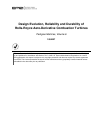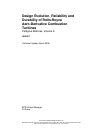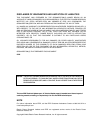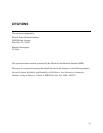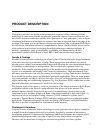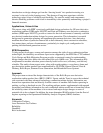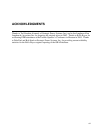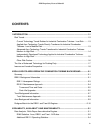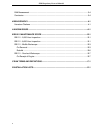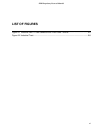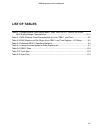
vi
introductions as design changes go from the ‘drawing boards’ into production testing at a
customer’s site early in the learning curve. The absence of long-term experience with the
technology raises issues of reliability and durability. For specific models and components,
chronic durability problems could result in insurability issues potentially undermining a project’s
financial structure.
Applications, Values & Use
This report, along with EPRI’s previously published design evaluations for GE aero-derivative
combustion turbines (EPRI report 1004220) and Pratt and Whitney aero-derivative combustion
turbines (EPRI report 1004222), provide a context for the risk assessment of currently available
aero-derived combustion turbine designs for power generation. This information is essential
background to generation planning and equipment procurement decisions. Aero-derivative
machines have been of particular interest due to their inherently short construction schedules,
fast startup times, and ease of maintenance, particularly in simple cycle configuration for
peaking and distributed generation service.
EPRI Perspective
To help project developers, owners and operators manage the risks of new combustion turbine
technologies, the durability surveillance report series supported by the EPRI New CT/Combined
Cycle Design and Risk Mitigation Program provides a structured context for understanding
design changes that drive these risks and related life cycle O&M costs. This information fully
complements a machine selection process heavily based on first cost, efficiency, and delivery
schedule. The multi-volume report series, along with regular updates, covers heavy-frame and
aero-derivative turbine product lines manufactured by ALSTOM, General Electric, Pratt &
Whitney, Rolls-Royce, Siemens Power Generation, and Mitsubishi Power Systems.
Approach
The project team reviewed the design characteristics of the Rolls-Royce aero-derivative
combustion turbine product lines (RB211, RB211 Uprate, and the Trent) to assess the technical
risk associated with these advanced technology combustion turbine designs. Information was
drawn from operations data and directly from the owners of machine fleet leaders operating in
peaking, cycling or baseload service. The resulting pedigree matrix supplemented with reported
experience consolidates information for each combustion turbine model into a format that allows
the reliability status of the machines to be reviewed and major design changes or areas of
potential risk to be evaluated. In addition, the team determined RAM statistics from the fleet of
engines reporting to the Operational Reliability Analysis Program (ORAP) database.
Keywords
Combustion Turbines
Aero-Derivative Gas Turbines
Reliability
Durability
Risk Assessment



